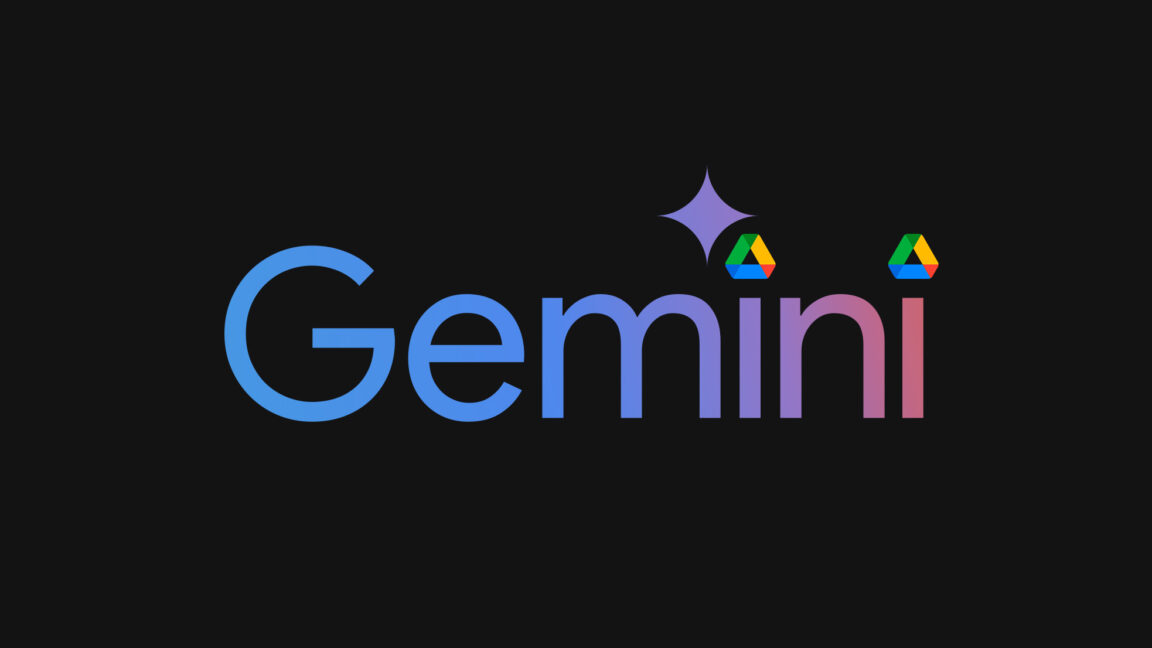Giza goes institutional: Re7 Capital adopts autonomous DeFi treasury management
Key Takeaways: Giza is building a specialized suite of Agents tailored to Re7 Capital’s broader ecosystem. The customized Agents delivered a 67% higher yield on stablecoins and an 18.5% higher yield on ETH. While development continues, Re7 will deploy $500,000 in USDC into ARMA, Giza’s flagship Agent. Web3 agent developer Giza announced that Giza Agents, […] The post Giza goes institutional: Re7 Capital adopts autonomous DeFi treasury management appeared first on CoinJournal.

Key Takeaways:
- Giza is building a specialized suite of Agents tailored to Re7 Capital’s broader ecosystem.
- The customized Agents delivered a 67% higher yield on stablecoins and an 18.5% higher yield on ETH.
- While development continues, Re7 will deploy $500,000 in USDC into ARMA, Giza’s flagship Agent.
Web3 agent developer Giza announced that Giza Agents, which have facilitated over $40 million in volume to date, are entering the institutional space through a partnership with DeFi investment firm Re7 Capital.Re7 Capital will use Giza’s financial autonomous agents to manage liquidity, marking a significant step forward for the technology.
The partnership targets a key institutional challenge: achieving high-performance treasury management without sacrificing control or security. Giza’s agent infrastructure aims to solve this with its autonomous, secure framework.
What is Giza offering?
Giza has introduced a sophisticated non-linear optimizer that models each DeFi protocol as a unique curve shaped by liquidity, fees, and utilization dynamics, offering measurable gains over simplistic rate-chasing strategies when tested against historical data.
Unlike conventional systems, Giza’s Agents account for the full lifecycle of a position, factoring in gas fees, slippage, and reward lock-ups, and rebalance only when the projected benefit clearly exceeds the opportunity cost.
This conserves returns by avoiding unnecessary transactions. The methodology surpasses simple APR comparisons by integrating principles from modern portfolio theory, allowing for efficient frontier-based allocations and nuanced yield component analysis.
“Until now, institutions had to choose between iron-clad control and top-tier performance. Giza Agents eliminate that trade-off; capital runs autonomously, relentlessly productive, policy-locked, and cryptographically secure. Re7’s deployment marks the moment self-driving finance goes institutional,” said Renç Korzay, CEO of Giza.
Giza delivers a level of bespoke risk management that has been largely out of reach in decentralized finance.
Each proposed allocation is subjected to rigorous pre-flight health checks, which assess protocol liquidity, utilization rates, and volatility metrics.
Transactions are executed only when these parameters fall within predefined, policy-encoded thresholds, ensuring disciplined adherence to institutional risk mandates.
Details of the partnership
Giza is building a specialized suite of Agents tailored to Re7 Capital’s broader ecosystem, with back-tests over the past four months showing notable outperformance.
The customized Agents delivered a 67% higher yield on stablecoins and an 18.5% higher yield on ETH compared to static allocation strategies.
These gains were achieved by executing liquidity shifts across vaults only when the optimizer’s signal exceeded the cost of transaction execution.
The supporting infrastructure — including a smart-account template, real-time monitoring stack, and session-key framework — has been designed for modularity and reuse.
This streamlines the rollout of future Agents, such as Re7’s USDC and wETH variants, which are currently in testing and require significantly less engineering overhead than initial deployments.
While development continues, Re7 will deploy $500,000 in USDC into ARMA, Giza’s flagship Agent, to begin compounding yield immediately — all without the need for custom code.
The post Giza goes institutional: Re7 Capital adopts autonomous DeFi treasury management appeared first on CoinJournal.


































































































































































































